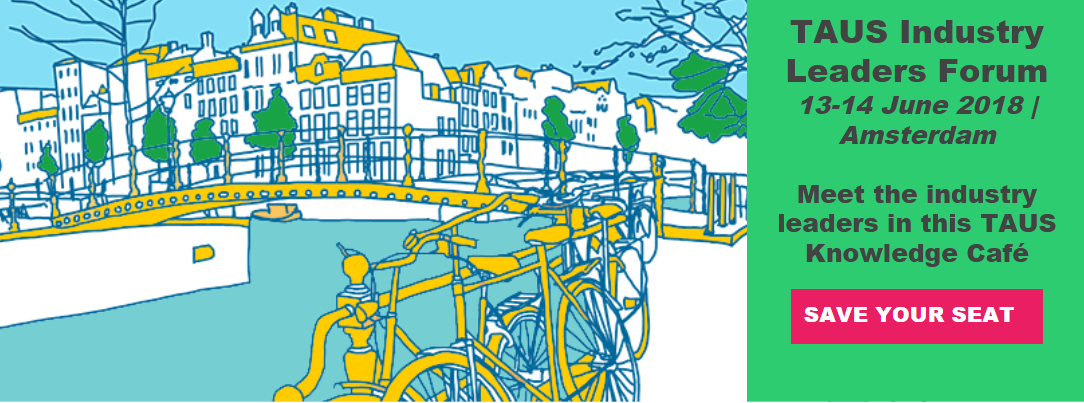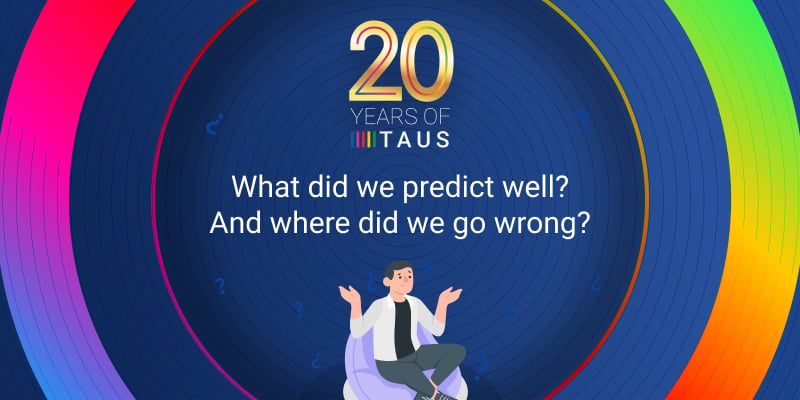Chris Pyne: Continuous Growth and Adaptation
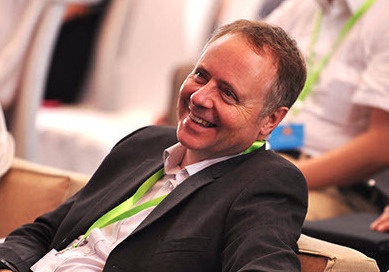
This time, TAUS interviews Chris Pyne, Senior Manager Partner Development at SAP. He emphasizes the continuous growth and adaptation in the translation business as the core of the lessons he's learned so far in the translation industry.
Captains of the Translation Industry Talk About the Single Biggest Thing They've Learnt
TAUS spoke with Chris Pyne, Senior Manager Partner Development at SAP. At the core of the conversation lies this question: ''What is the single biggest lesson that you have learnt about the translation industry?''
TAUS: What is the biggest lesson you’ve learnt from your experience in the translation industry?
Chris Pyne: It’s been constant change for the last 20 years. And that always surprises me. I expected to reach a technology ceiling or wall, but this never happened. There has been continuous growth and we’ve adapted to it as we go, which also surprises me.
Much of this has to do with SAP’s market growth. When I joined SAP, we had about 20,000 employees; now we have around 88,000. We used to be more of a back-office type company, but now we cover the whole business spectrum and can engage with customers right down to their individual smartphone interface. This means a constant stream of new issues, and that implies a continual positive challenge.
TAUS: Are you seeing major new types of content enter the translation flow? How does this change your management model?
Chris Pyne: We basically started out with one monolithic product – the R/3 business platform for ERP, extending it to additional key industry verticals - that developed into a release cycle of several versions a year. Unlike many B2C companies, we will still maintain our products and solutions for many years, as customers are commercially dependent on our ERP product, we support it for a decade or more in most cases. This long, actively-supported life of our solutions has an impact on translation and is one of our core challenges.
On the other hand, there is a continuing major shift toward cloud software, radically changing the way we work internally and with our customers. Customer usability, the individual user experience and interface design have become incredibly important. What began as a monolingual product is now turning into a multilingual user experience, almost in real time. So, the question is, how do we shift operationally from a monolithic approach for certain segments and learn to release a new feature in a matter of days or even hours? This requires both agility and continuity, managed on one platform with the same tools.
We are also committed to improving quality. In the on-premise world it can take some time for us to identify a translation quality issue, but with cloud we get instant feedback from the business community about translated words and terminology, so we can change them immediately, if necessary. With the cloud, we’re in the license rental business, rather than selling licenses; this makes customer retention even more important than it was before.
We are no longer just targeting a customer’s IT department - we now have to support individual line of business and departmental procurement decisions by delivering not just a good, but a superb user experience across a range of languages. This means around 40 standard languages plus local variants such as French for Canada or Spanish for Colombia. In some cases, we might even need to produce two versions of the translation for an SAP product – one in a formal register and another in an informal register.
Probably more than one third of our total workforce at SAP are developers and we’re increasingly moving towards feature-based delivery models; allowing developers to release immediately when a feature is ready and then simultaneously in all languages. This sort of translation load represents a truly mammoth task - a billion words a year in UI and related content.
TAUS: Some say that large-scale localization as a process in global IT companies has become a solved – or invisible - problem and does not impact the core business process. Is that your experience? Are you also streamlining your supply chain?
Chris Pyne: Our job is simplifying complexity. So, it is certainly true that today we’re talking more about handling process and policy issues in translation rather than micromanaging each step. It’s more about direct connections between a development organization and the human (translator) in the loop, so that we get the best out of our learning algorithms.
We still see as our major job delivering to the SAP group of companies by streamlining processes to make throughput time a non-issue. We operate on so many dimensions around language that we are in fact called SAP Language Services, as we also look to cover and support such tools and processes as multilingual chatbots, online interpreting, adapting content to SAP standards, and using our own supplier ecosystem. We act as a multilingual vendor inside SAP, working for the SAP group. So, we have strong relationships with 120 suppliers around the world, all working on hosted platforms globally.
Today, our concern is how much we need to adapt this model to address levels of quality delivery and scalability for the next growth cycle. We are naturally betting on neural MT technology, but we want to make sure that the right humans are in the right loops at the right time. There is probably going to be a gap between neural MT deployments producing results used for gisting and the sort of high-quality we need for UI translation. Our question is how to fill that gap.
In addition to our existing HQ supplier base, we will almost certainly be considering an LSP-developed crowd solution at a higher level of scalability, possibly similar in thinking to the models run by companies like Unbabel, Gengo and others, for example. I get their (Unbabel’s) approach to developing a neural MT system; using the crowd to learn, and ensuring 24/7 availability. Something similar to that operating through partnering or an acquisition could well run in parallel to other pipelines under our control.
The fact is we had a set of veritable “zoo” of tools derived from (mostly multibillion dollar) acquisitions. We have always kept a close eye on how we can accommodate a new acquired company in terms of globalization. Our job is to advise them how SAP Language Services can help turn their good solution into an even better global success story. So, we help with global deployment. We don’t insist on our standard way as the only way to go – we accommodate acquisitions by letting them continue to use the tools they know, and later adapt them to a more standardized platform. But all that takes time.
SAP already has a translation supply chain with few tiers. I need LSPs since I can’t recruit translation talent locally and translation should always be done locally. We also try to make sure that translators are properly paid, and we tend to keep the translation value chain as short as possible.
We are tightly interconnected with our marketing and development organizations, but they do not operate in “throw it over the wall” mode. I have always believed in disintermediation. People are looking at platforms as a way to escape from their convoluted supply chains. So, we have learnt how to move from the “zoo” of tools to platforms that remove this “levels” problem.
TAUS: Presumably business goals define the roadmap, not the technology. Is neural MT transformative, or merely one more tool for certain specific use cases?
Chris Pyne: I had the honor of discovering MT back in 1988-89 with Wang Technologies, and by 1991 I was looking into how we could use rule-based MT when I moved to Siemens which had developed the MT system METAL at a time when large companies liked the kudos associated with having an MT on-premise deployment. Then this died down until the statistical MT story began and went through its own hype cycle.
It does look as if neural MT will morph into something more important than its predecessors, but it is hard to define the “truth.” I follow Andy Way in believing that neural can do a lot for us, but not as much as people are claiming.
Currently I’m particularly impressed by Linguee’s DeepL, which is doing amazing things thanks to their own excellent corpus - albeit for a limited range of languages currently - and this is certainly one way to go for us. The reason is that we also own a huge multilingual corpus that we don’t just simply want to give away for free. So, the question is, how do we turn that into a verticalized MT solution for our customers? Remember that we tend to be B2B– though now moving towards B2B2C – so we need our customers to receive translations that relate organically to their line of business by leveraging our resource effectively.
Verticalization will be one of our key interests, as we need to use the right business-line terminology. We already have a term base of more than 100,000 English-German entries which is publicly available, but mapping that into a series of neural systems is no small task. We’ve been working for some time on our own models, and are also partnering with MT vendors, so exploration of where and where not to invest in neural MT is ongoing.
TAUS: What sort of advice would you give to a bright young project manager or a translator about to enter the translation industry today?
Chris Pyne: Several years ago, I would have hired someone from a translation school. Today, though, my most recent hire was an economist with multiple language skills who had actually managed a large CAT environment. Being an all-rounder is important, with the ability to be business smart and show a strong interest how global events would impact SAP. I sometimes spend time in countries with interesting government setups, working out how to approach translation development in that country, sometimes from the ground up. This requires political sensibility. And you also need to be a bit of a geek. Plus fluency in three languages is very nice to have.
As for a translator, I would ask them what they expect from their profession. In some schools, today’s translator training does not always fit with our technical work reality, and a love of literature is possibly even more dangerous here (and I say that as someone whose initial degree was in French and German literature). I would very much like to reach a point where technical translation courses are focused on such topics as machine learning, process automation, being familiar with BPMN 2.0, how flow diagrams work, project management strategy and escalation handling, localization engineering, computer linguistics, data (quality) management, machine learning and even app development. I would also ask a translator how much adapting and learning pain they would be prepared to go through. In the next few years, technical translation will probably be subject to an even more intensive elimination process, with weaker translators getting replaced by machines, while translators who are good at understand technology and adapting to it will basically become a hot resource.
The way translators work may also change. We are piloting methods to pay translators by time, as well as depending on their availability. This could have an effect on the industry, and we might find different demographics on how the time vs money approach varies per country. I also think that being paid on availability/time in big companies such as ours could improve the quality.
So it’s been constant growth and change in the industry for me – and it almost certainly will be the same for the next generation of translation professionals right across the industry!
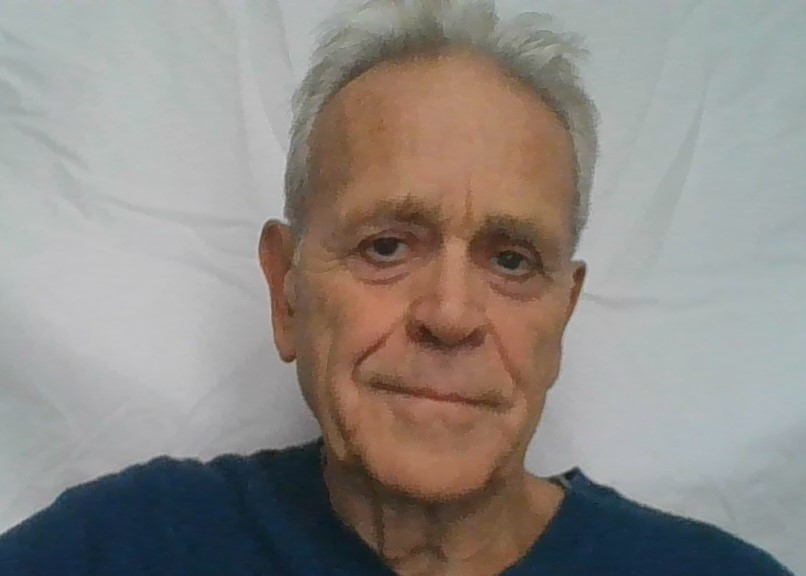
Long-time European language technology journalist, consultant, analyst and adviser.
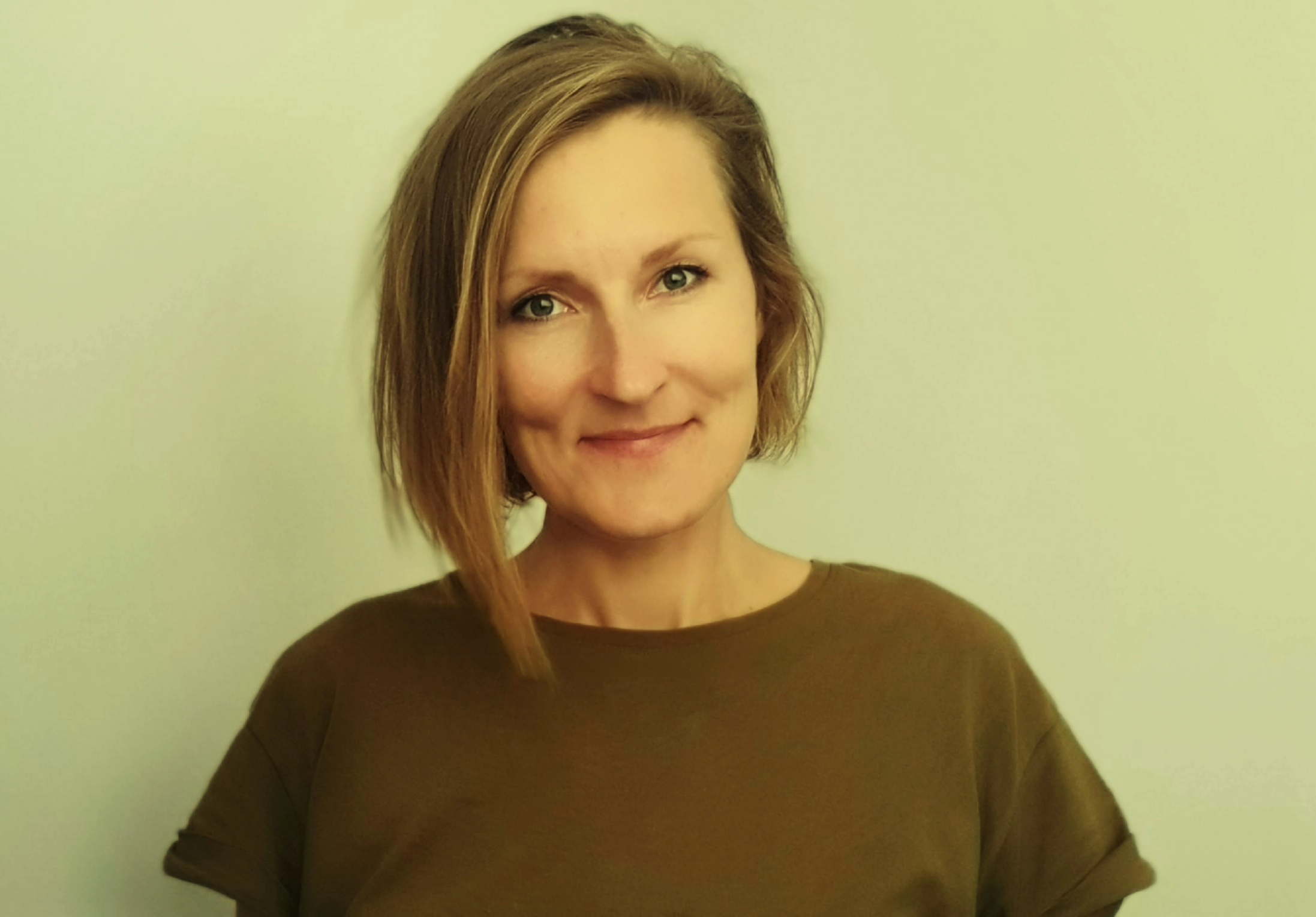 by Dace Dzeguze
by Dace Dzeguze